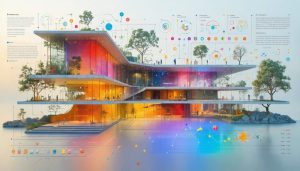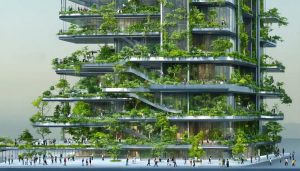
Sensory Design: The New Frontier in Construction That’s Transforming User Experience
Sensory design transcends traditional architectural approaches by orchestrating spatial experiences that engage all five human senses, fundamentally reshaping how we interact with built environments. This sophisticated design methodology addresses core human needs through carefully calibrated environmental stimuli, transforming ordinary spaces into immersive, multi-sensory experiences that enhance occupant wellbeing and performance.
Recent neuroscientific research reveals that …



